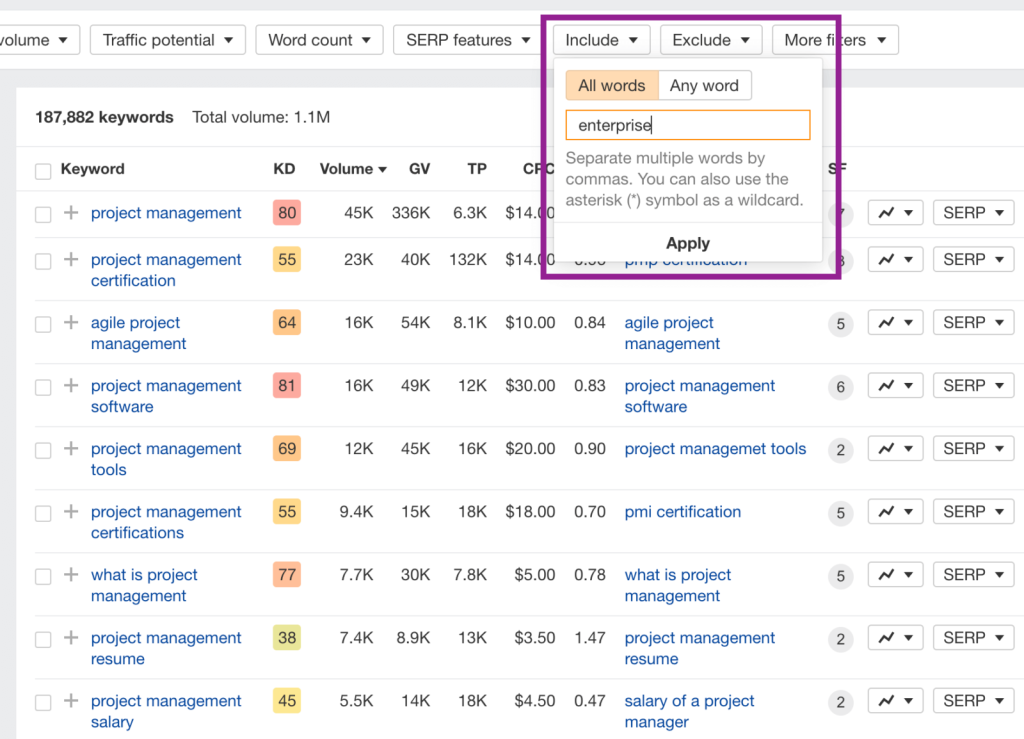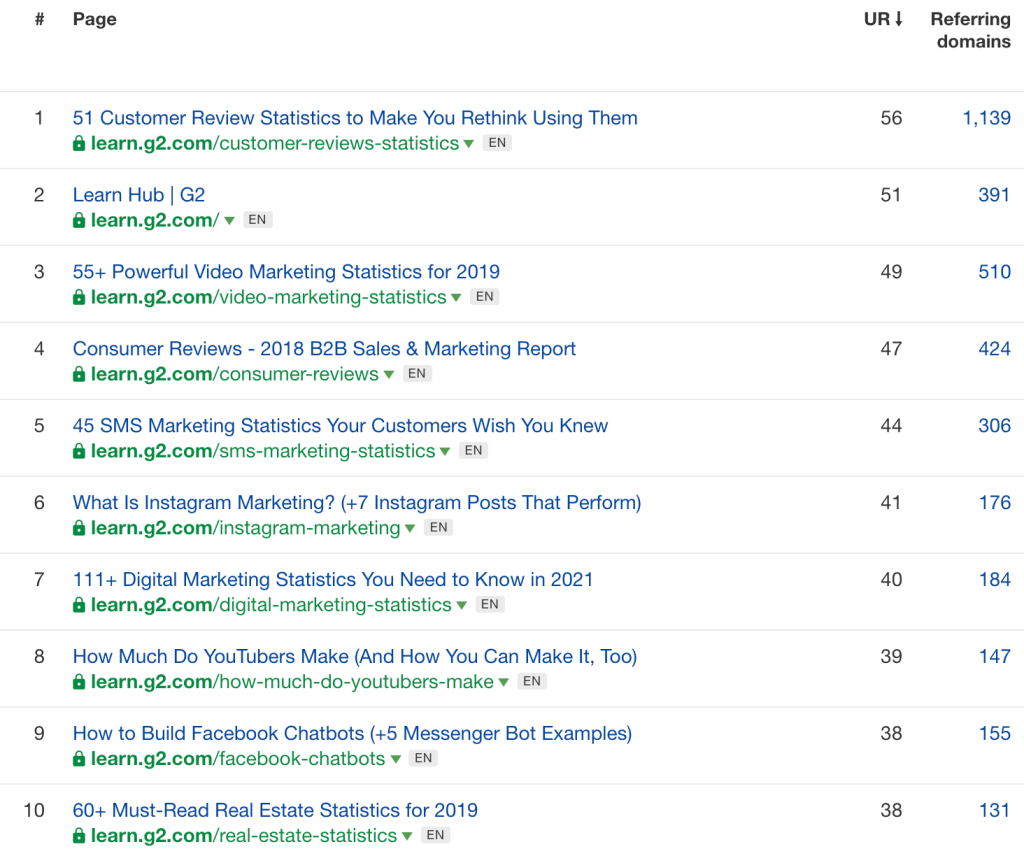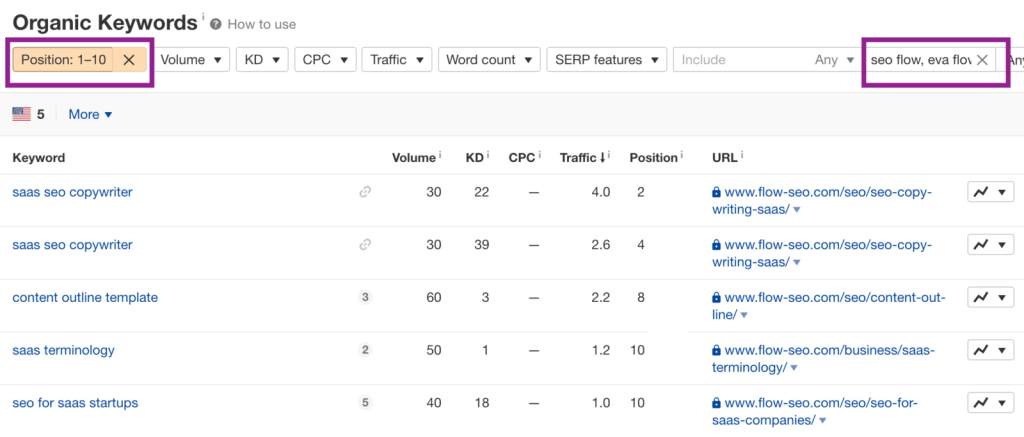
Let’s get one thing straight… There is no such thing as a business-to-business Google algorithm. When you target businesses rather than consumers with your SEO efforts, things change dramatically.
Precision targeting, low search volumes, and a healthy dose of creativity are the keys to successful B2B keyword research.
This article will teach you how to conduct B2B keyword research by utilizing B2B modifiers, identifying potential in Search Console and internal search, and, most importantly, leveraging insights from sales and customer success.
The Challenges Of B2B Keyword Research
B2B keyword research can be difficult. Among the most common difficulties are:
Targeting The Right Audience
You must understand the company’s decision-makers as well as the people who will be using your product or service.
After purchasing the software, the executives may have different needs and questions than the marketing manager.
Because each target audience has different needs, you must be clear on the various target audiences and their search behaviors.
The more senior your target audience, the more valuable your expertise in their field will be.
Here are a few research questions to get you started:
What kind of business are you aiming for?
- What is the team size? Country? Industries?
- What kind of position do you want in these companies? Executioners or executives?
- What are the decision-makers’ challenges? What are they attempting to accomplish?
- Who are the main rivals?
Low Search Volume
Here’s an illustration: According to Ahrefs, the B2C keyword “to-do list app” receives 5,400 monthly searches.
There are 250 monthly searches for the highly targeted B2B keyword “enterprise project management software.” Some B2B keywords may receive as few as 10 to 50 searches per month.
For B2B SEO, we must reconsider our goals in terms of search volume and traffic potential. Specific keywords typically generate more qualified leads and revenue – but they appear frightening in the keyword research document.
Try free Plagiarism Checker, Paraphrasing Tool, and Website Reviewer.
Small Keyword Databases
Have you ever entered specific, long-tail keywords into your SEO tool and received no results? This will happen in B2B if you truly understand your target audience and their requirements.
Most SEO tools lack the necessary keyword database for these niche topics and will simply return no results, despite the fact that people are searching for them.
To gain a better understanding of the keyword universe in B2B, you will almost always want to combine the results from several SEO tools such as Ahrefs, SEMrush, Search Console, and Google Keyword Planner.
The Art Of Using B2B Keyword Modifiers
The key to finding good and targeted B2B keywords is to use modifiers that are not commonly used in B2C contexts. You can play around with the following modifiers:
- Corporate or enterprise software, for example, enterprise project management software.
- SME or small business, for example, performance management software for small businesses.
- Startup culture, for example.
- Online business, such as online accounting software.
- RFP, for example, construction RFP.
- Procurement, vendors, and service providers For example, procurement project management.
- Product modifiers such as software, tools, solutions, systems, and platforms, for example, project management solutions (the term “app” frequently indicates B2C intent).
- Name of competitor + alternative, for example, Microsoft Teams alternative.
- Competitor name + vs/versus, for example, Asana vs Monday
- Asana project management reviews, for example.
- How to choose/buy guides, for example, how to choose CRM.
- For business, for example, Whatsapp for business.
- In the workplace, for example, diversity.
- Employee, for example, how to virtually welcome a new employee.
- Your target industries, for example, retail trends or restaurant employee engagement ideas.
- Your use cases, for example, an onboarding process template.
- The issues you’re addressing, such as reducing unplanned downtime.
- Trends, for example, trends in office management.
- Statistics, for example, travel management statistics.
- Internal communication challenges, for example.
Enter your seed keyword into an SEO tool and then use the filter function to narrow down the results:

Then, add the keyword opportunities to your keyword research list or document:

Examine the Search Console for Undiscovered Opportunities
Check out Google Search Console for even more keyword ideas.
Here’s an illustration: According to Ahrefs, the keyword “trends in operations management” receives 50 searches per month in the United States. However, one of our clients receives thousands of clicks per month for this keyword.
In Google Search Console, enter:
- Go to the Performance – Search Results page.
- Choose a timeframe (at least 3 months).
- CTR and average position should be added together.
- Remove the brand name and variations from the results by using the filter.

Now, review the “queries report.”

Don’t Forget Your Competitors
Your competitors may have some excellent keyword suggestions. Check their keywords and backlinks in an SEO tool to see what content is working for them.
You could try the following Ahrefs reports:
- Top Pages.
- Best By Links.
The latter not only provides keyword suggestions but also suggests backlinking opportunities.
Keep an eye out for these:
- Listicles.
- Statistics.
- Best of.

Bonus: Add Your Google Ads Keywords
Include your top-converting Google Ads keywords in your SEO research as well. You already know that these topics and queries are effective for you, so incorporate them into your organic strategy.
Bonus: Use Internal Search
If your website has an internal search function, go through the most frequently asked questions to find interesting queries.
Read 57 SEO Insights From Google’s John Mueller.
Leverage The Insights Of Sales And Customer Success
This is where things start to get interesting. I discovered some of the most effective keywords by reviewing sales pitches, protocols, and frequently asked questions.
Sales and customer service are at the forefront of engaging with your ideal customer. They understand their needs better than anyone on Quora or Reddit.
To make the most of their SEO insights, make sure to:
- Inquire with sales about frequently asked questions or competitors mentioned.
- Discuss the most common use cases with customer success, as well as the types of customers who use which one.
- Listen to sales call recordings or read sales protocols.
- Examine the tutorials or knowledge base for the most popular articles and expand on the issue outline there.
Again, some of these keywords may be very niche, but when you do get these visitors to your site, you have the best chance of making a good impression on the right people.
Selecting The Right Target Keywords
Remember that keyword research is the same as market research and analysis. At first, you’ll want to include all ideas, no matter how difficult, on your target list.
Once you’ve compiled a good universe of potential target keywords (a few hundred to thousands), consider the following information before making a final decision:
- Monthly search volume
- Difficulty of the keyword
- Current position in the rankings and URL.
- The presence of advertisements in search results and Cost-per-Click.
- Business worth: Mark the impact that this keyword will have on your business in terms of generating revenue/leads on a scale of 1 (low) to 3 (high).
There are two methods for determining keyword difficulty and the best target keywords.
Pick Low Difficulty Keywords First
If you’ve never done SEO before and don’t know what kind of keywords to target, start with low-difficulty keywords. This typically translates to a KD score of less than 10 in the SEO tool Ahrefs.
Before making a final decision, go back and read Page 1. To have a realistic chance of ranking, you should see other websites with similar domain ratings and backlink profiles in the top position.
Benchmark Your Keyword Difficulty Score
Calculate the average keyword difficulty of your top-performing keywords to determine the appropriate difficulty for your website.
Here’s how you do it:
- Create a list of your top-performing keywords: Positions 1 through 3 (Alternatively, 1 to 10 if you don’t have enough data.)
- All branded keywords should be removed.
- For the remaining keywords, add the keyword difficulty score.
- Determine the average keyword difficulty level.
- To double-check, compute the median keyword difficulty score.

This benchmark indicates that if you choose a keyword with a similar keyword difficulty score, your chances of ranking are extremely high because it has previously worked for you.
If There Is No Keyword Data
If you discovered a keyword in the SEO tools that does not have search volume or difficulty data, you must go back to Page 1.
Again, you should look for websites with similar authority to yours in the top positions to see if you rank as well.
A Word On B2B Keyword Mapping And Content Types
Now that you have a list of target keywords, you should map them to pages and articles.
One keyword cluster per page; one page per keyword cluster is the first rule of SEO.
By assigning one home to each set of target keywords, you can ensure that your website structure is clean and easy for Google to understand.
Because we’re in business-to-business, you’ll want to consider whether tactical or strategic content is appropriate for the query.
- Tactical content pieces are how-to guides that demonstrate a process or method. They are appealing to those who use your B2B service or product. They enable the reader to put a new process in place.
- Mental models, frameworks, and strategies are taught in strategy content pieces. Executives and managers are the most likely to consume them. They instill new ways of thinking and making decisions in their students.
You will decide whether each of your target keywords is aimed at decision-makers or implementors. Then, based on that, select the appropriate content type (tactical/strategic).
Conclusion
We frequently discuss B2C and the people you market to. Remember that B2B marketing also includes marketing to people – people within businesses.
These people expect you to address their pain points and desired outcomes, as well as communicate clearly and craft a compelling piece of content.
With these B2B keyword research tips, you should be able to create a content calendar that works for your ideal customers as well as your SEO strategy.
Learn more from SEO and read Tag Pages & Content Tagging For SEO: A Complete Guide.




